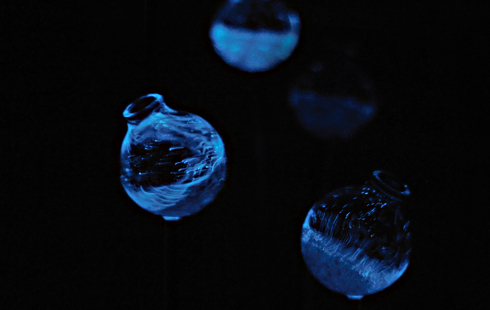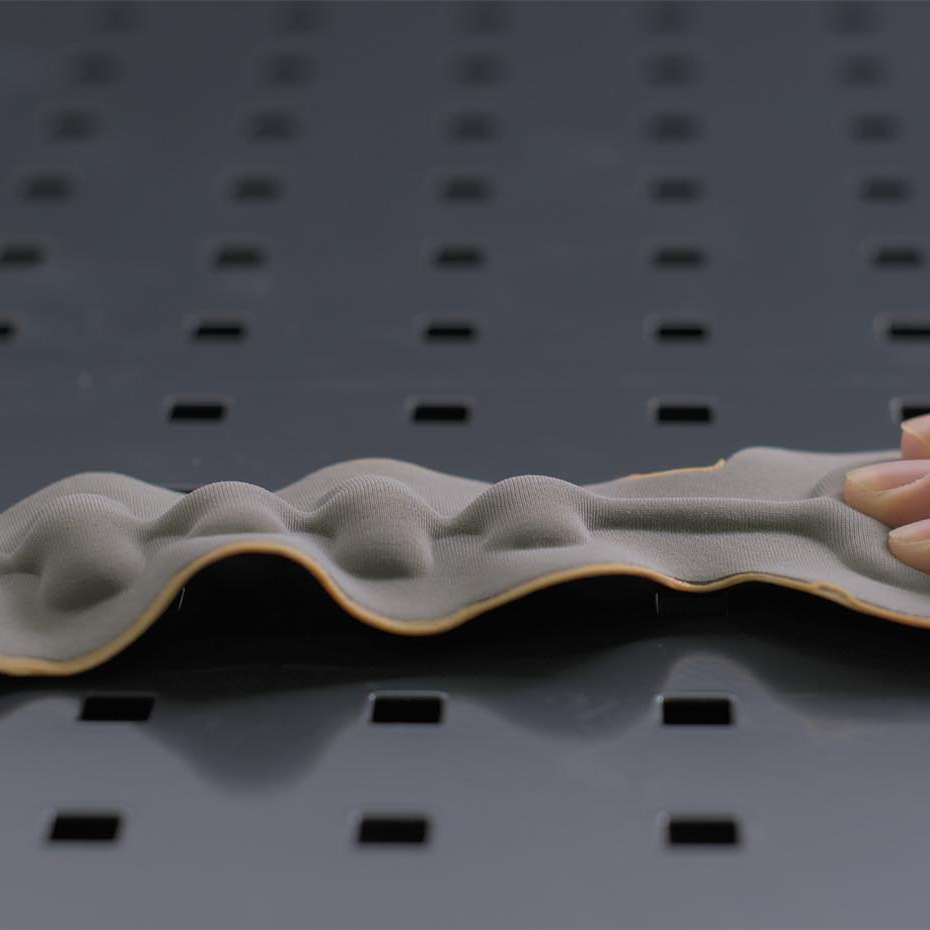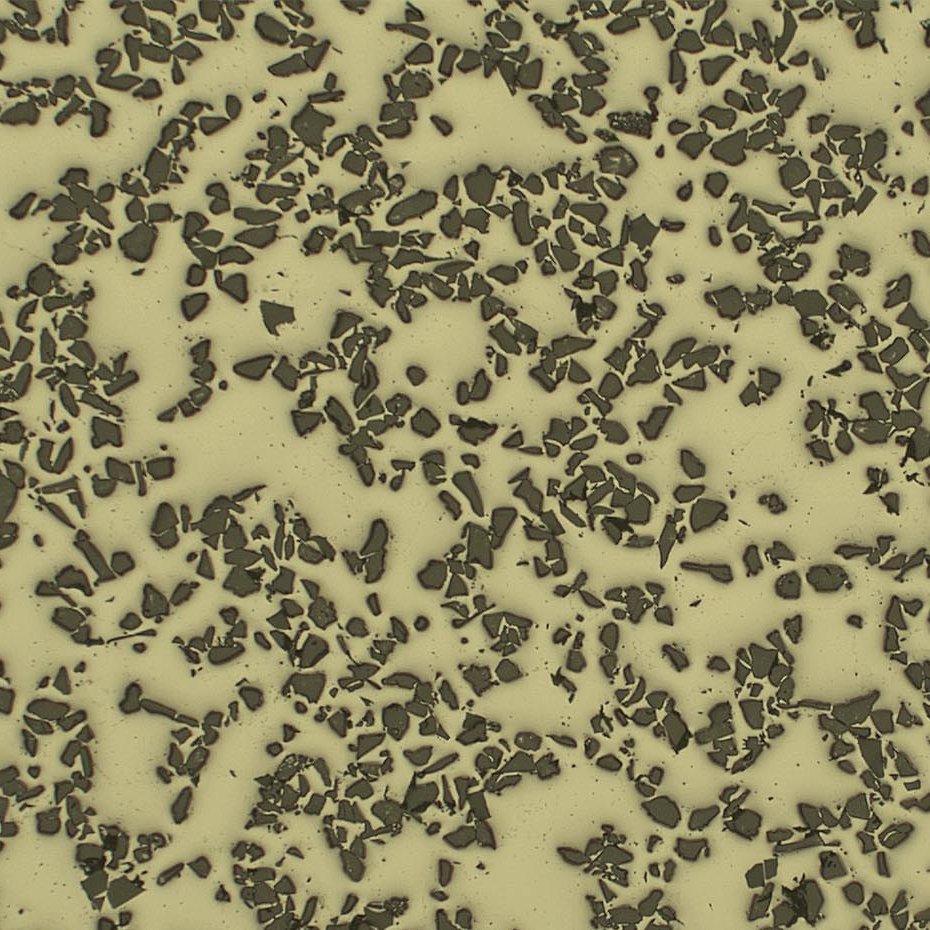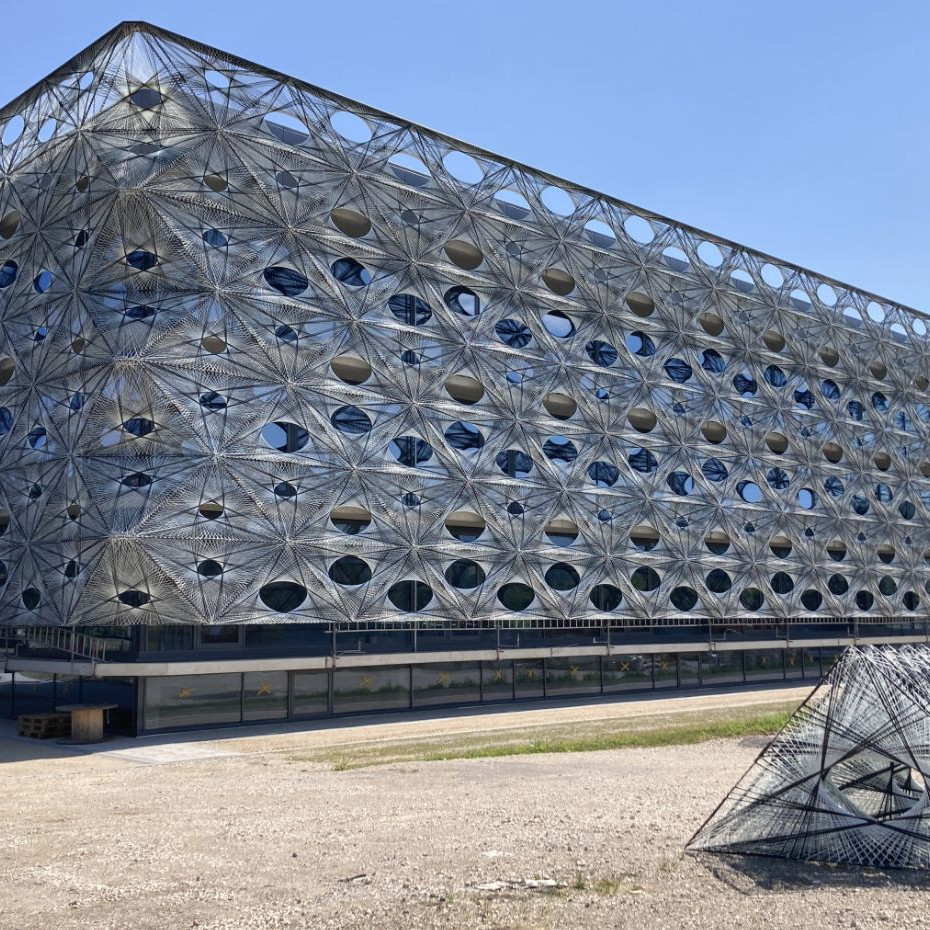
bioluminescence
Energy efficient light from the deep sea
3 December 2010
The glow stick is probably the best-known example of a light source that is based on a chemical reaction. Chemiluminescence is also used to detect blood in medicine. And even in nature in the depths of the sea, fish and organisms use chemical reactions to attract prey or to get away from enemies.
Installation with biological motion sensors
The fireworm, for example, advertises for a partner with a bright green color and incidentally lets its attacker dive into the void. The phenomenon of bioluminescence is widespread in insects and fungi. Only recently researchers were able to detect a number of different fungi with self-luminescent properties.
Now designers are also on the way to making biological light usable for energy-efficient luminaires. One of the first is Nicola Burggraf. She developed an installation with lights that react to the movement of visitors and emit flashes of light. In the manner of a biological movement sensor, the installation gives the visitor direct feedback on his behavior. The lights get by without any electronics. The organisms gain their energy during the day from photosynthesis processes and release it again in the evening to generate light.
image: Nicola Burggraf
Ecoblaq molecular wood colours
23 March 2024
Ecoblaq is a molecule manipulation method, a natural chemical reaction, making…
Natural fiber reinforced car seat
22 October 2023
The focus of the project "Design for Recycling" is a seat shell that is made…
MotorSkins morphing textiles
19 April 2022
Berlin based start-up MotorSkins designs and produces textiles with embedded…
3D Pioneers Challenge 2022
15 December 2021
The 3D Pioneers Challenge 2022 adresses tech pioneers who pave the way for…
IGNIS – Light from waste heat energy
12 August 2020
The availability of affordable, independent and, above all, clean electrical…
Brake disc with reduced fine dust
21 April 2021
Fine dust endangers our health. One of the main sources is traffic, especially…
Texoversum
15 July 2023
With the "Texoversum", Reutlingen University has put into operation a training…
Invisible Terracotta Solar Rooftile
10 May 2023
The family-run business Dyaqua has developed a technology to integrate a…
Xarvio – Digital Farming
8 January 2021
BASF Digital Farming GmbH has received the renowned Crop Science Award for the…








